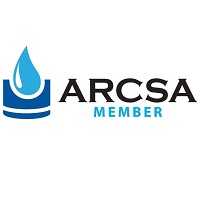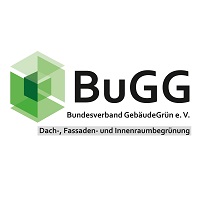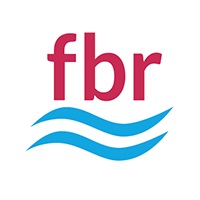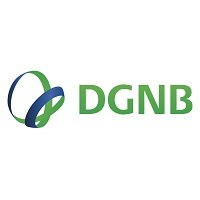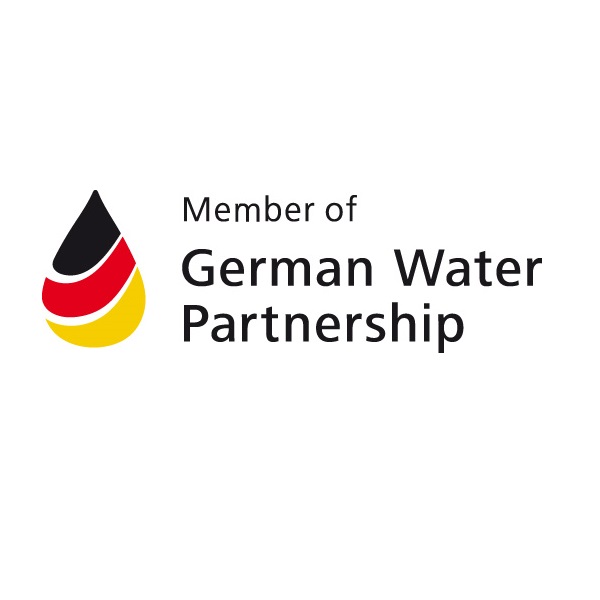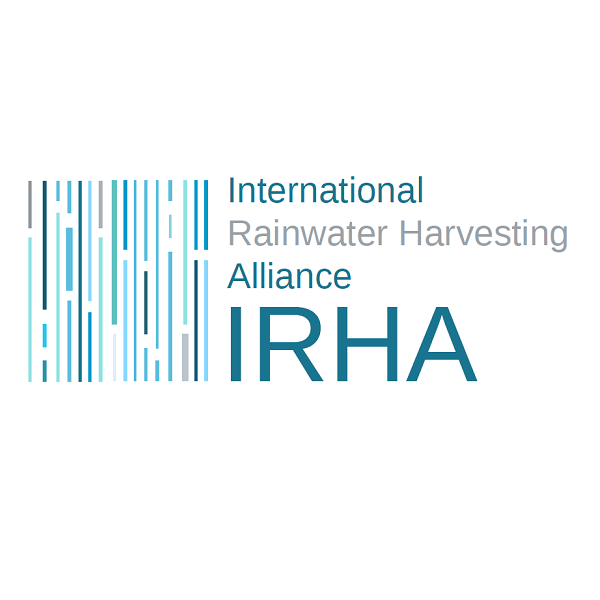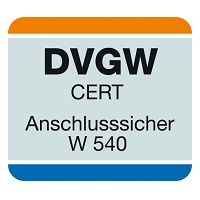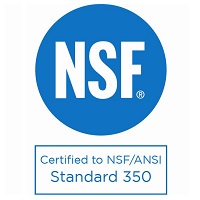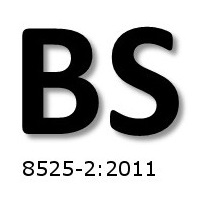Pre-cleaning chambers
In the field of stormwater management, sedimentation/filter trenches take on the task of protecting the downstream infiltration system (e.g. infiltration trench) as well as water bodies (e.g. groundwater) from contamination introduced by the connected sealed surfaces. But also an application in rainwater utilization is possible.
The INTEWA sedimentation/filter chambers take over several tasks. The heavy pollutants sediment in the settling area of the sedimentation chamber. In coupled systems, this results in a particularly good sedimentation effect. Since the overflow water runs through an immersion pipe into the drainage system, floating contaminants such as fats and oils are also retained in the sedimentation chamber. For safety reasons, the immersion pipe contains a sieve which prevents contaminants from entering the downstream drainage system.
Passage values (D) and reduced connection areas (A,u) according to DWA-M-153 for different rainfall runoff volumes and filter shaft diameters (DN)
| Reduced connection area (A,u) | ||||||
|---|---|---|---|---|---|---|
| Storm drain donation (l/sha) | Continuity value (D) | DN1000 | DN1500 | DN2000 | DN2500 | |
| 1,5 | 0,8 | 3.167 m² | 5.867m² | - | - | |
| rkrit | 30 | 0,7 | 1.583m² | 2.933 m² | 5.233 m² | 8.167 m² |
| 45 | 0,65 | 1.056 m² | 1.956 m² | 3.489 m² | 5.444 m² | |
| r15(n=1) at 9m/h | 100 | 0,2 | 237 m² | 440 m² | 785 m² | 1.225 m² |
| r15(n=1) at 18m/h | 100 | 0,35 | 475 m² | 880 m² | 1.570 m² | 2.450 m² |
Maintenance note
We recommend checking the manholes for contamination twice a year. For this purpose, the filter basket is removed from the dip tube of the chamber overflow and flushed if necessary. The sludge content in the chamber should be checked once a year. From a limit height of 0.5 m from the bottom of the shaft, a specialist company should be commissioned to extract the sludge. A reliable measurement of the sludge level is possible by means of a dipstick with a bearing plate. First, the dipstick is immersed to the bottom of the tank without a plate. The part protruding from the tank is measured. The procedure is repeated with the dipstick. The difference between the measurements gives the sludge layer thickness. From the maintenance vehicle, a DN100 suction hose is inserted either through the immersion tube or between the immersion tube and the tank cover and the sludge is sucked out with the water. The dirt in the edge areas of the chamber bottom is fed to the suction hose with a high-pressure rinsing hose. If residues then remain, the rinsing hose is equipped with a suitable nozzle that allows it to be advanced into the corresponding zone.

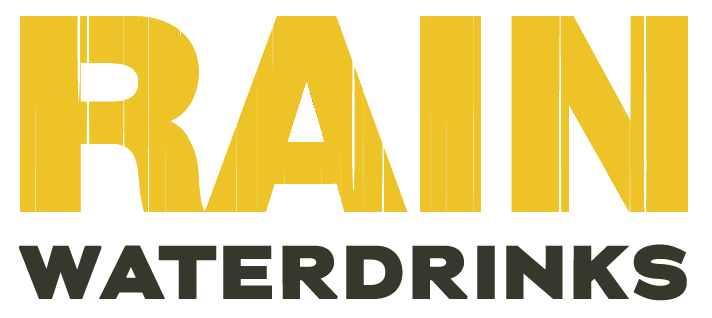
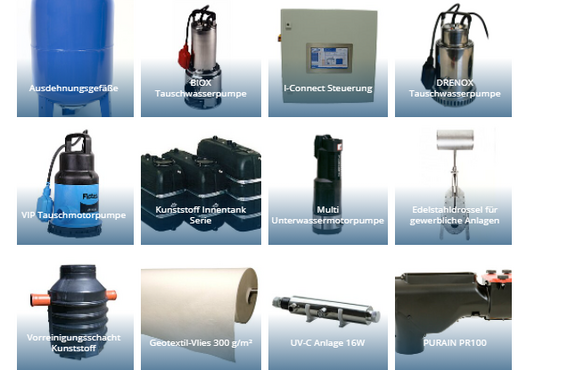
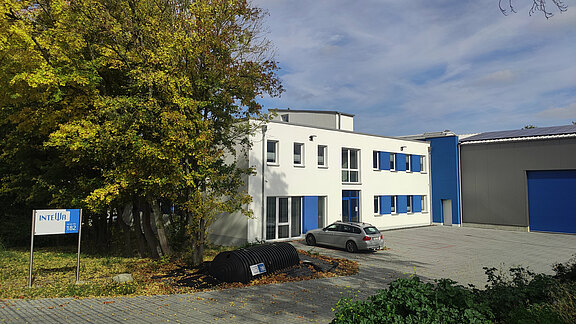
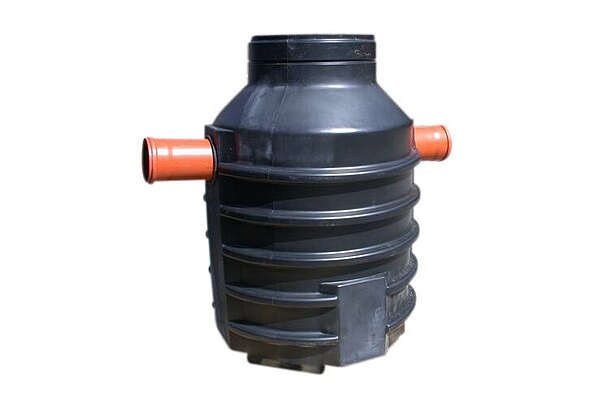
![[Translate to English:] [Translate to English:]](/fileadmin/_processed_/4/f/csm_Beton-Zisterne_wei%C3%9F_e086d1f174.png)
